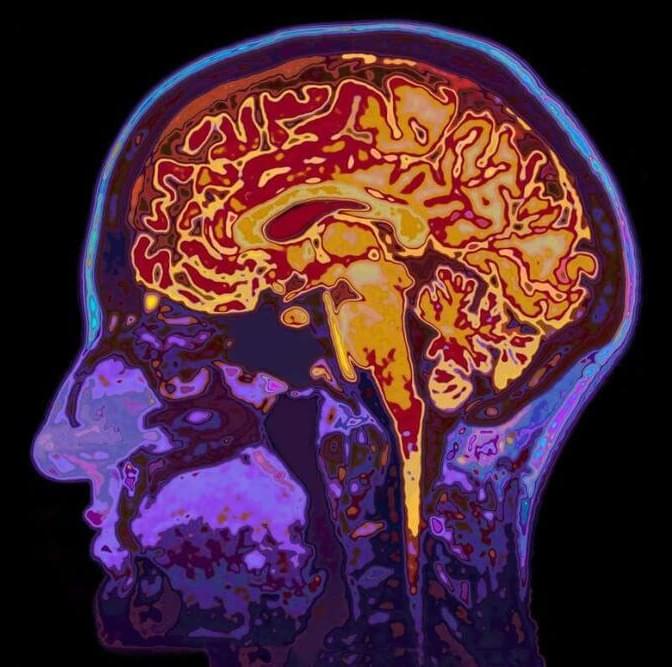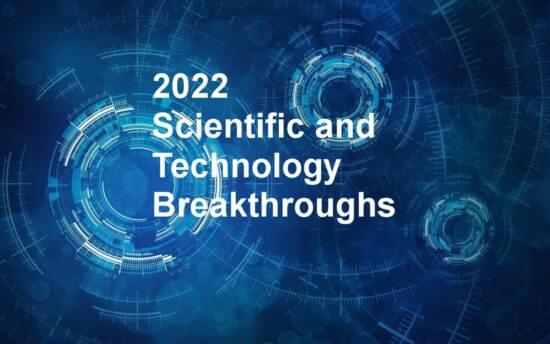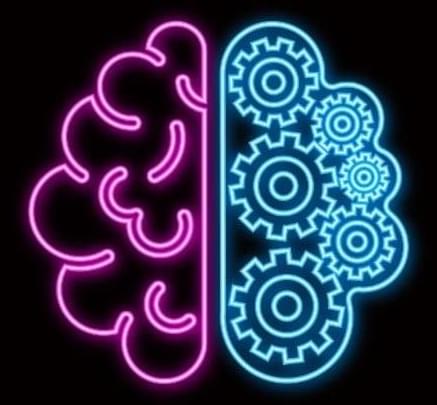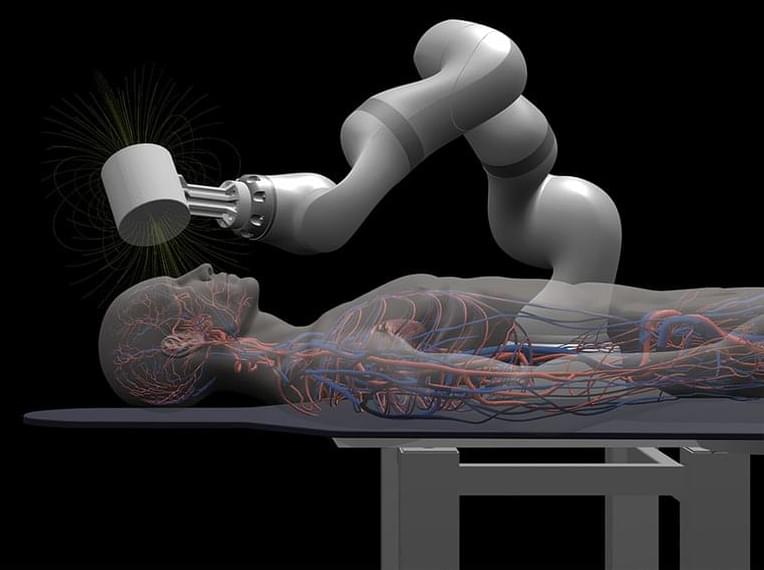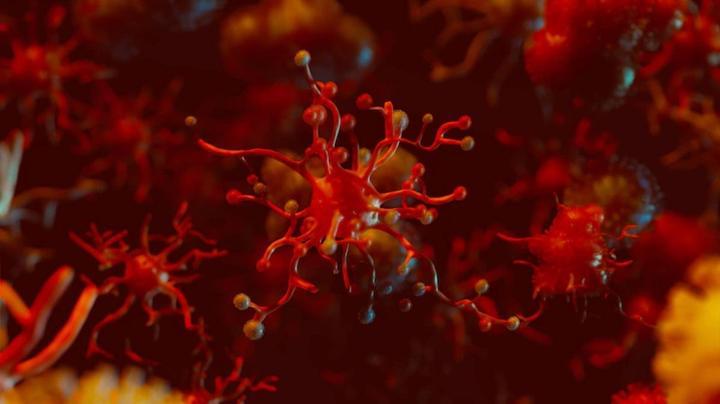The Opening Interview: The Reality Beyond Spacetime — with Donald Hoffman — 5.15pm GMT, 12.15pm ET
Donald Hoffman famously argues that we know nothing about the truth of the world. His book, The Case Against Reality, claims the process of survival of the fittest does not require a true picture of reality.
But the question remains, on what basis can Hoffman claim his own theory is true? Furthermore, Hoffman claims spacetime is not fundamental. So, what does he think lies beneath spacetime, and what can we know about it?

